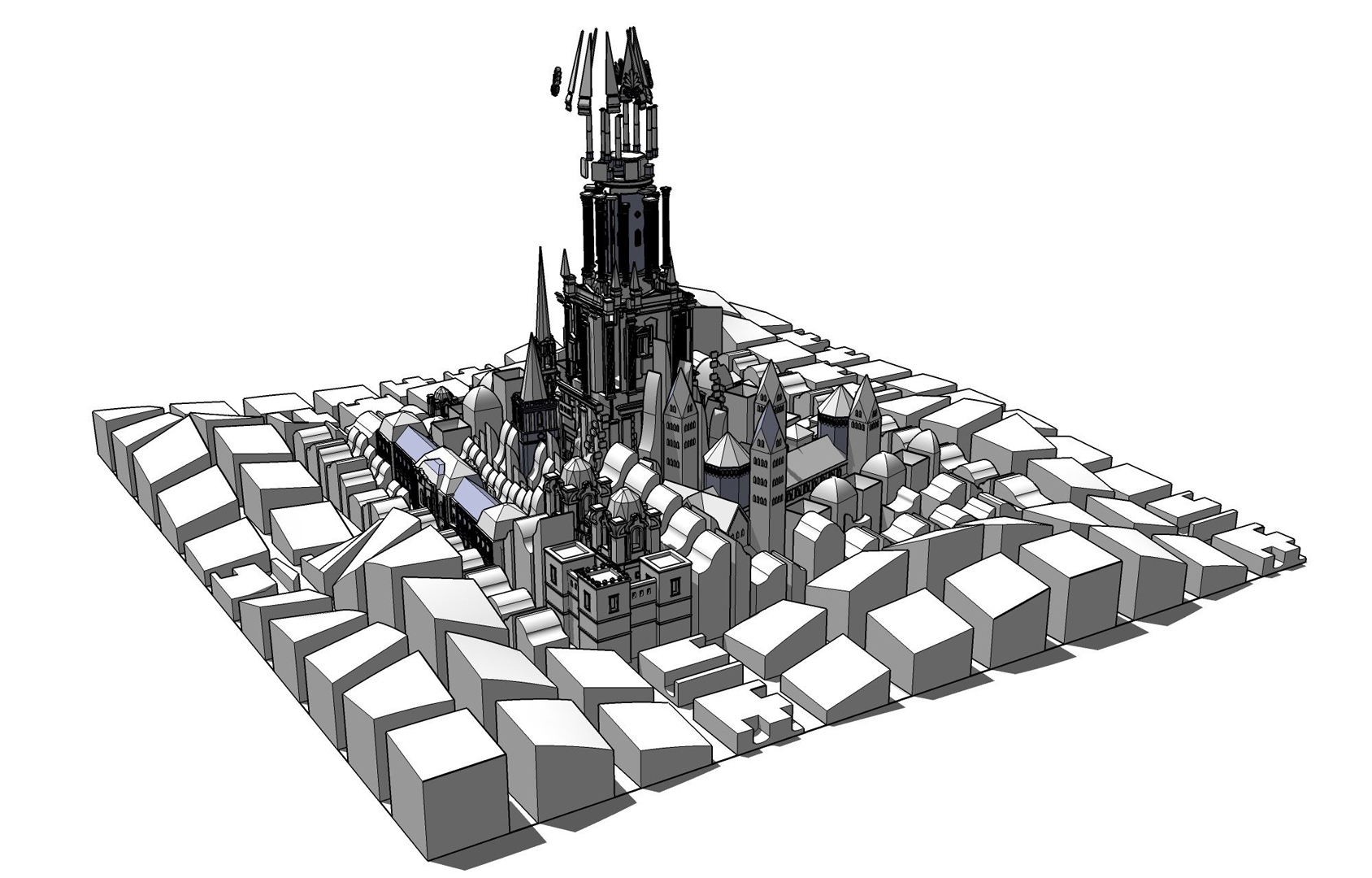Timothy J. Senior: Towards the Memory Tower
Artist(s):
Title:
- Towards the Memory Tower
Exhibition:
Creation Year:
- 2009
Category:
Artist Statement:
This digital installation explores the role of oscillatory brain-network states in memory consolidation. The aim of the work is to reconnect the science of the brain with the experiences that the brain engenders and to communicate complex neuro-scientific understanding in a meaningful and stimulating way to non-experts.
At the center of the installation is a single memory encoded within the cortex. It takes the form of a highly ornate and fragmented tower in the process of being bound into a single, unified entity (consolidated).This memory is embedded within a framework of rhythmically positioned towers designed to represent specific types of oscillatory brain activity and timing functions. Individual components of the tower are held together through “ties” that connect them to specific oscillatory phenomena during SWS. This reflects the input from a structure called the hippocampus, which serves an “indexing role” for the new memory as it is consolidated. These SWS oscillatory states are represented as the two outer rings of towers in the installation.
Also embedded within this network are related, but older memories. Each expresses a specific architectural form that shares strong visual commonality with the central tower. These memories are more or less fully consolidated, so they do not require indexing through other structures and are sufficiently bound together to form a perceptual whole. By varying the forms of these previously consolidated memories, different types of memory processes are modeled; towers, for example, may represent episodic-like events (information bound together as an episode), while horizontally orientated buildings capture events that occur in time (procedural or sequential memory). As the new memory is being consolidated, a number of changes within the memory space occur, and these are reflected within the installation. Firstly, the central tower becomes bound to, or interleaved between, older memories, dictated by the similarities between architectural elements of the different structures. Secondly, and through this earlier process, a new mnemonic context is created for the older memories, one that renders them labile and drives new forms of connectivity between them.





